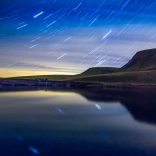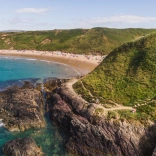Wales is rich in natural resources. With three National Parks covering one-fifth of the country, five National Landscapes, nearly 900 miles of idyllic coastline, countless rivers, rolling hills, green valleys, dense forests, and dramatic mountains there’s plenty to preserve.
The land has been a constant source of support and significance in Wales throughout history. Today, women across the country are protecting that land, and the ecosystems it sustains.
From planting trees to guarding the night sky, women are getting their hands dirty undertaking roles once considered "a man's work". Based in some of the country’s most remarkable corners, their job is to ensure that these sites benefit the people of Wales and beyond, placing the environment and the importance of protecting Wales' precious land at the forefront of their day-to-day work.
The Dark Skies of Eryri (Snowdonia)
There are only eighteen Dark Sky Reserves in the world, and Wales has two - Bannau Brycheiniog (Brecon Beacons) National Park and Eryri (Snowdonia) National Park. More than two-thirds of Wales falls into the darkest category meaning Wales has the highest percentage of protected Dark Skies anywhere in the world.
Over 80 per cent of the world’s population live under light pollution, meaning they barely see any stars when they look up at the night sky. The Welsh countryside has avoided the worst effects of light pollution, and in recent times organisations and individuals have taken it upon themselves to safeguard Wales' dark skies, securing Wales' status as a top destination for stargazing.
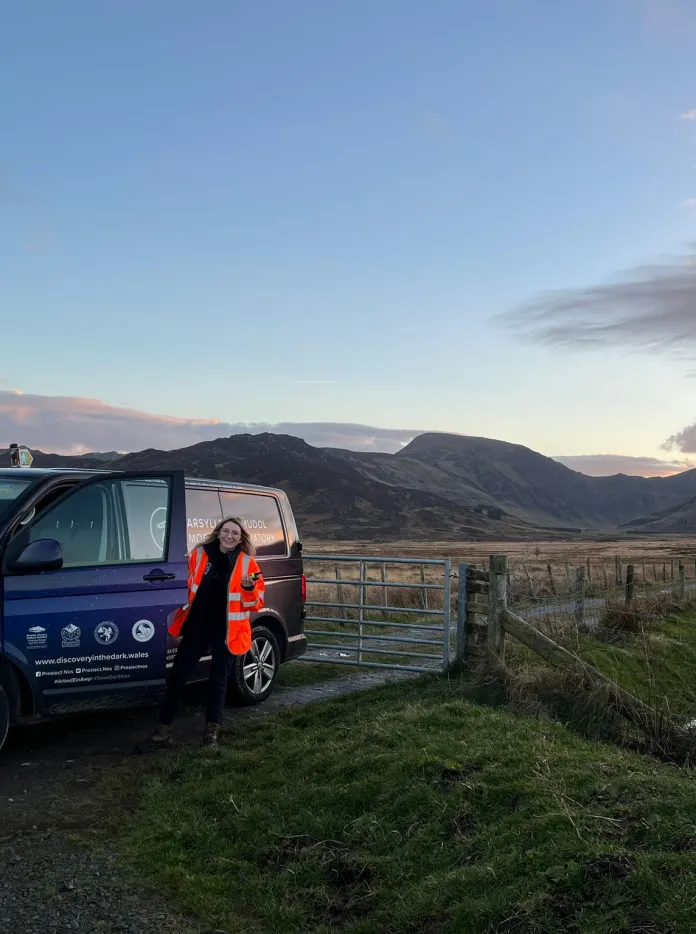
Danielle Robertson is a Dark Skies Officer for Parc Cenedlaethol Eryri. She spends her time showcasing Wales' precious dark skies to others, as well as ensuring all measures are taken to reduce light pollution in the area. Dark sky season starts in September and lasts until around April, leading to plenty of late nights for Danielle during the winter. The summer months are spent monitoring and recording wildlife activity within the national park.
'Part of the work is educating people about the type of lights recommended for use. Changing lights to make them dark skies-friendly means they have a positive impact on our wildlife, as well as our health and wellbeing,' Danielle explains.
'Too much exposure to light pollution can have a really negative impact on your health - quite serious ones in fact. So it’s really important that people get to experience the dark, to give their minds a break from artificial light. It’s crucial for wildlife as well, and I think it really connects us back to nature - being able to look up into the universe - to gain a tiny insight into where we’re all from. It’s like looking back into our wider home, which many people don’t get to experience anymore. A lot of people, because they’ve been born and brought up in places where there are no visible stars, don’t know what they’re missing.'
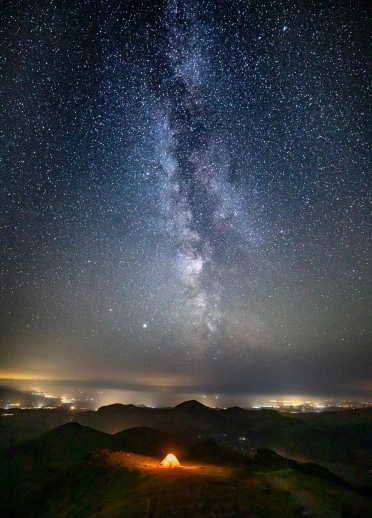
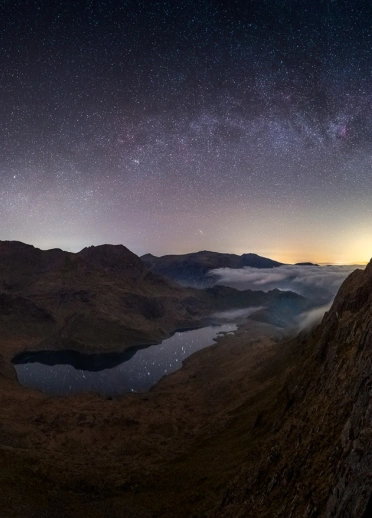
Quite a few of Wales’ myths and legends derive from the night sky, and it’s safe to say that the constellations have helped shape Wales as a nation.
'A lot of them are connected to the agricultural calendar, which would’ve been how people kept a record of the year, and what they should be doing on the land during different times,' Danielle says.
'Also, as a seafaring nation, celestial navigation would have been used to sail the seas. Without this, we wouldn’t have travelled the world and sold our slate around the globe.'
Wildlife and watersports
In a little corner of southwest Wales, Llys-y-Frân reservoir supplies water to almost half of the county's homes and businesses. But there’s more to the remote lake than meets the eye. The mixture of farmland, woodland, and waterside habitat means that the Welsh Water run site in Pembrokeshire is a haven for wildlife and nature. It’s home to badgers, foxes, otters, polecats, stoats, squirrels and rabbits, as well as a variety of bats, smaller mammals, and insects. The site is also a visitor attraction and offers people the opportunity to partake in various activities such as walking, cycling, fishing and watersports.
Millie Wilson is a ranger balancing both aspects - ensuring that Llys-y-Frân is presentable for visitors, whilst also protecting the wildlife. From planting trees to fixing bikes when cyclists get stranded halfway around the lake, each day is different for the rangers.
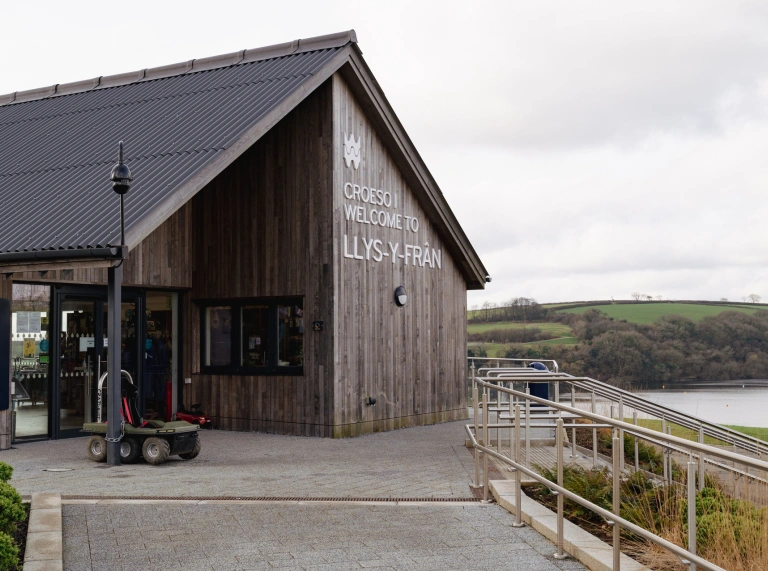
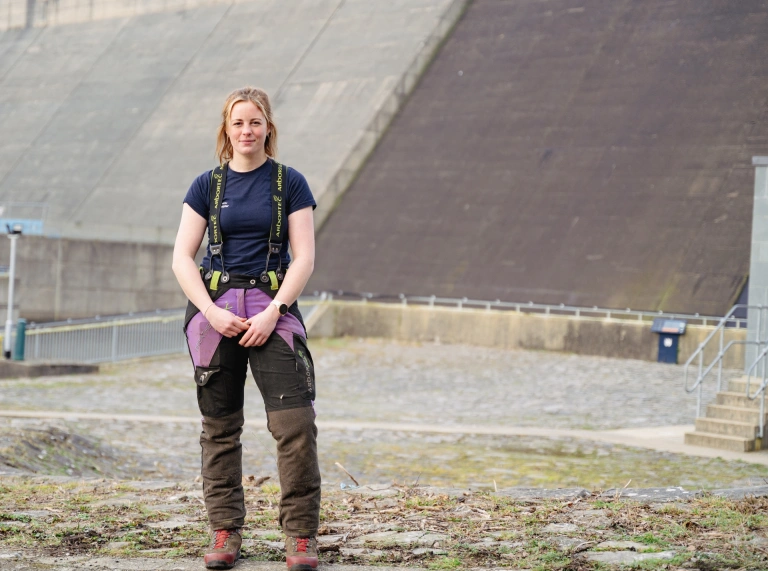
Having studied Countryside Management and Environmental Conservation, Millie’s favourite aspect of the work is managing the woodlands, be that coppicing work, planting, or hedge laying.
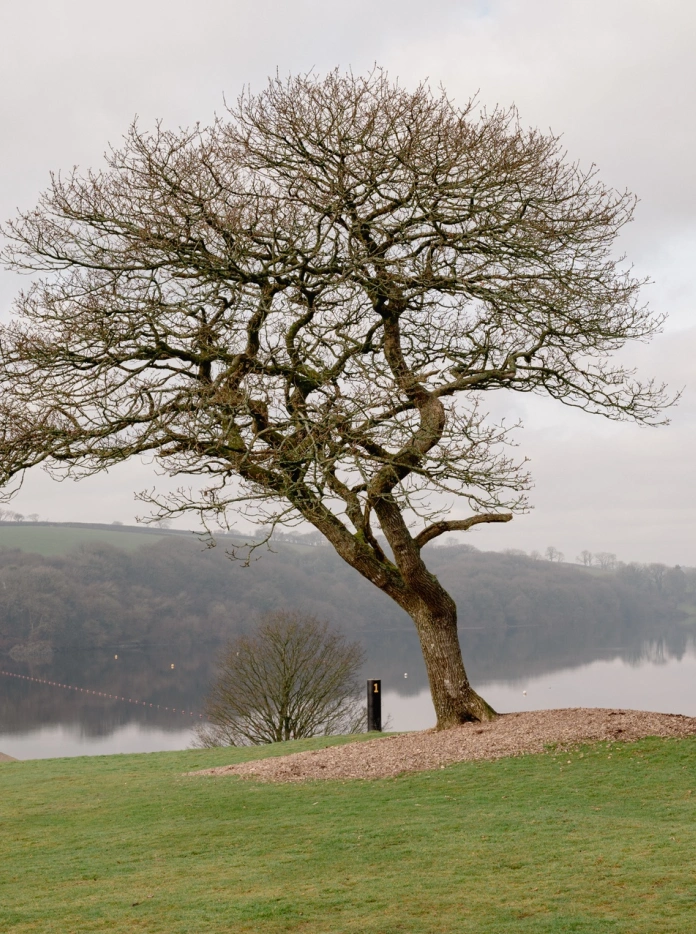
'No one would be doing conservation for the money. Once you get to a certain level, there’s not that much progression if you’re a hands-on, outdoorsy person. You’re always doing it because you enjoy doing it, and you want to make a difference.'
A growing number of other Welsh Water Adventures can be found across Wales. These hubs for health, well-being and recreation aim to reconnect visitors with the outdoors, water and environment; whilst maintaining, protecting and enhancing the ecological value of each site.
Living off-grid: Ynys Enlli (Bardsey Island)
Mari Huws and her partner Emyr Owen have been living and working on a little island off the shores of north-west Wales since 2019. The freedom of working outside, come rain or shine, attracted Mari to life on Bardsey Island - known in Welsh as Ynys Enlli, where they both work as wardens. The island lies 1.9 miles / 3km away from the mainland, and whilst they’re definitely far removed from the hustle and bustle of a 9-5 job, protecting an island brings with it endless tasks.
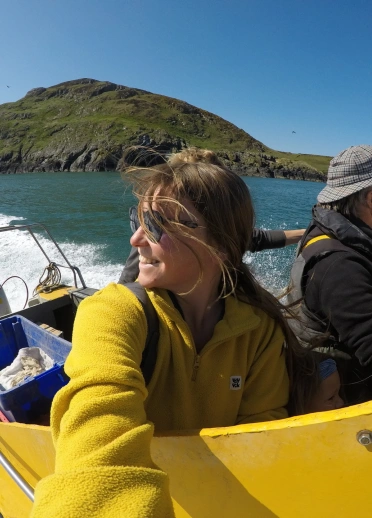
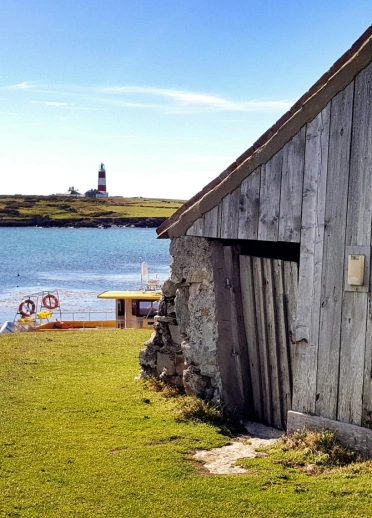
Demands on the island change with the seasons, but some of Mari and Emyr’s main tasks are maintaining the buildings, gardens and public footpaths. As winter gives way to spring and the island explodes to life, visitors soon start arriving for the holiday season. There are 12 properties on the island, each a Grade II listed building, and nine of which are rented to visitors. (find out more about Ynys Enlli's holiday lettings)
In addition to the day-to-day graft, since being gifted three chickens for her birthday in the summer, Mari now has the added responsibility of caring for Berta, Bran and Magi.
'One of the biggest challenges is keeping on top of all the work in the spring' Mari explains.
'The island explodes in April, every garden and path, as well as the apple orchard, at the same time... just after we’ve had our busiest time on the island preparing for the holiday season.'
'But it’s a wonderful time as well, the island truly comes to life.'
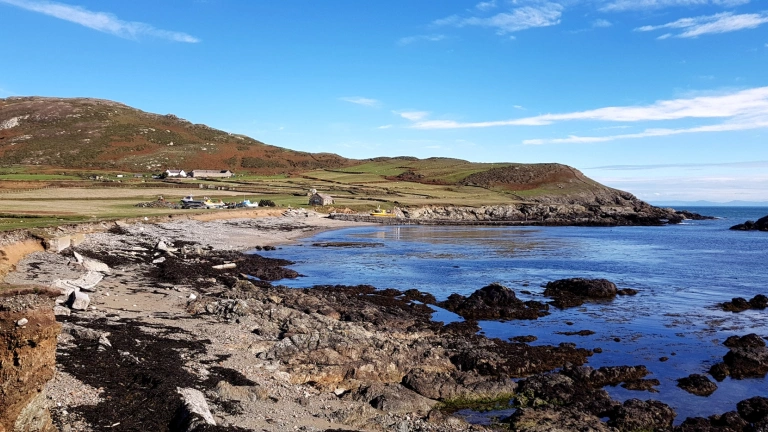
The island has been noted as a place of pilgrimage since the early years of Christianity, although there are signs of settlement on Enlli that date from earlier periods. By now Mari and Emyr are the only permanent human residents on the island, although the land is home to a farm with a couple of hundred sheep, cattle, and a few beehives which produce Enlli honey - as well as the new egg-laying residents.
'A lot of the work that needs to be done is repetitive, week after week, year after year. But the days that I enjoy the most are the ones where we complete more long-term jobs, like planting trees or placing gates.
'Working in an office from 9-5 didn’t suit me. It’s a busy life, the work is endless, but being able to give my energy towards protecting and improving somewhere as special as Enlli is a privilege.'
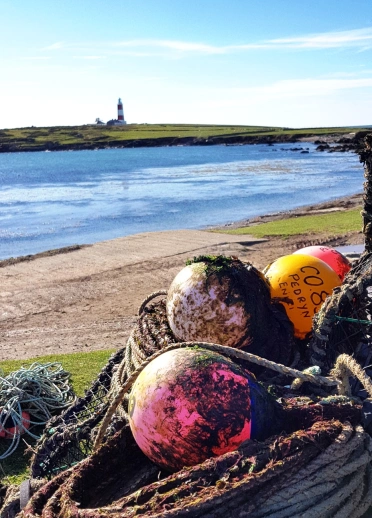
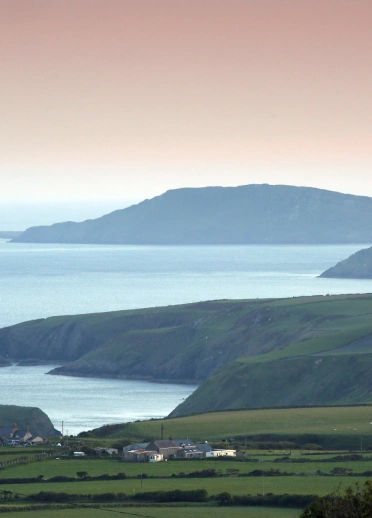
Keeping Wales tidy
Since the 1970s, the charity Keep Wales Tidy has been committed to working with local communities across Wales to protect the environment for now and the future. Our quality of life, including our health and well-being, is directly linked to the quality of our environment, and it goes without saying that wildlife and nature also thrive in well-protected surroundings.
Aleighcia Scott, a reggae artist and radio presenter from Wales’ capital, Cardiff, was recently appointed as Keep Wales Tidy’s first youth ambassador. Through her role, she encourages young people to get involved in the charity’s efforts and to voice their opinions on how to best contribute towards making a difference.
'I care about Wales, of course, and the protection and conservation side of the role is of significant importance to me. However just as important is working with young people, listening to them and giving them the belief that their voices matter, are needed and can make a difference,' says Aleighcia.
'Through my role, I work with other charities and organisations to help communicate the importance of protecting beautiful Wales and to help young people understand how they can take action in their community. I’m privileged to be invited to speak at events and meet so many young people across the country from all walks of life, all taking steps to protect their local patch.
It’s so rewarding to meet such inspirational young people, and seeing how empowered they are when sharing their ideas and realising that they’re contributing and making a difference is truly special.'
Keep Wales Tidy’s work varies from conservation projects like protecting hedgerows, planting dense woodlands and creating new gardens, to improving biodiversity and working with local authorities to manage rubbish and waste. Also part of the charity’s work is to work with schools to educate pupils on the importance of the environment and to establish quality standards for green spaces, beaches, marinas, and popular tourist spots.
Aleighcia’s role in getting youths involved is key, 'These young people are the next generation, and they’re the ones who’ll need to care for and protect Wales in future. Their input is crucial, and without it, I dread to think what might happen.'

